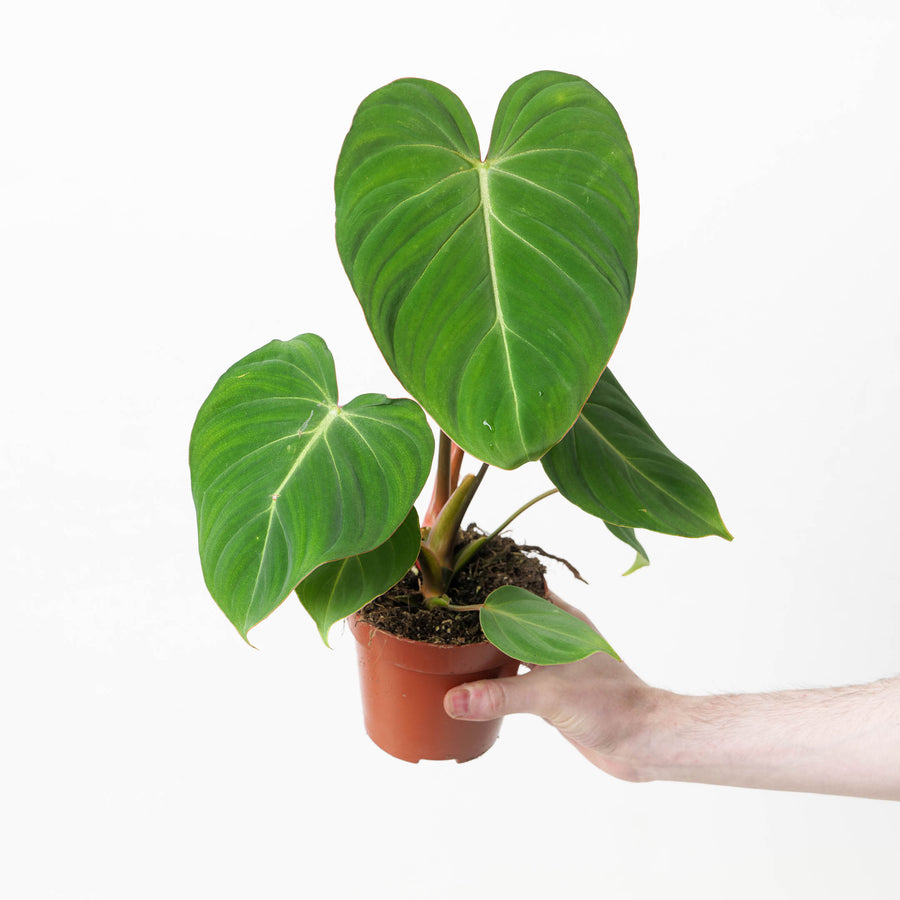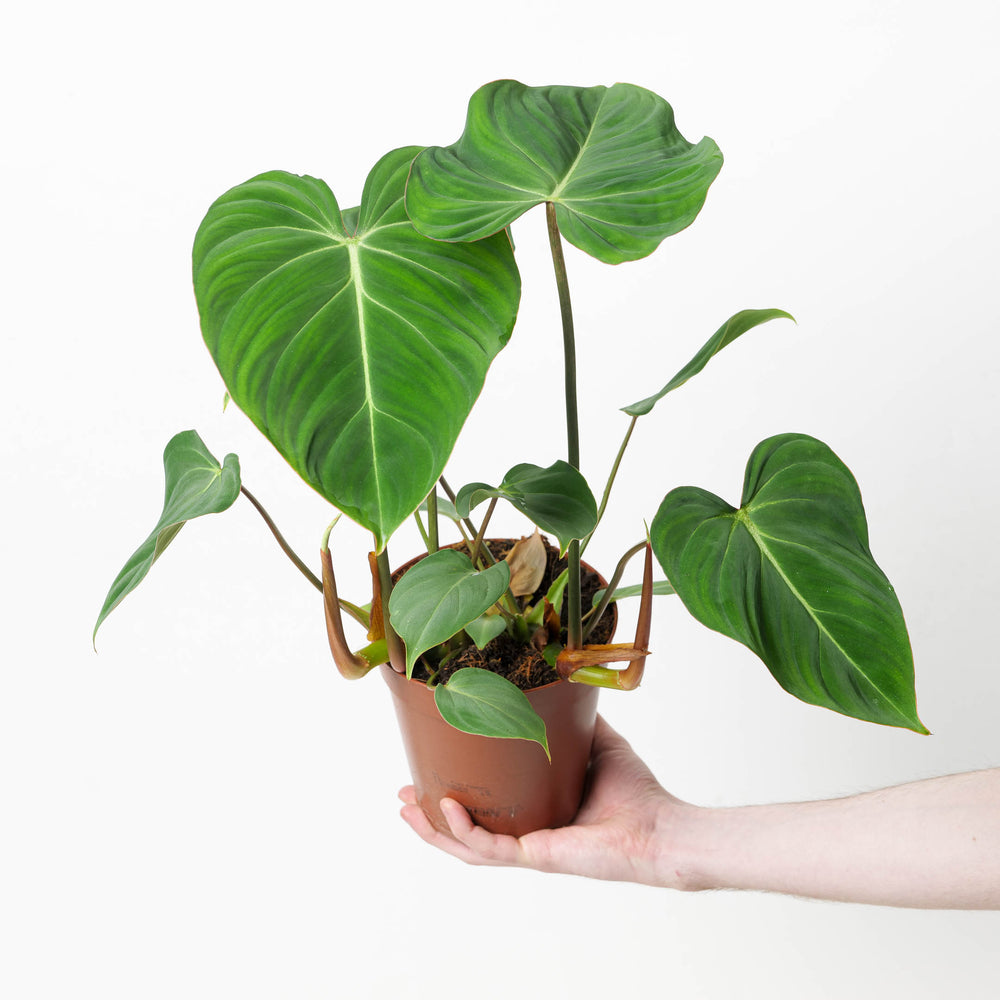Euphorbia baioensis is a unique, columnar succulent known for its distinctive clustering growth and thick, grey-green stems. This Euphorbia species typically grows as a dense group of slender, upright stems that branch off from a main base, giving it a bushy or “candelabra” appearance. Each stem is covered in closely spaced rows of small, dark spines, adding texture and contrast to the plant. This species remains relatively compact and manageable indoors, with mature plants reaching around 30–50 cm in height, making it a striking choice for succulent collections or well-lit indoor displays.
With minimal watering needs and high tolerance for bright, direct light, Euphorbia baioensis is low-maintenance and well-suited to a dry indoor environment. It is a great option for those who want an architectural plant that requires little attention, as long as it is kept warm and dry.
Native to
Euphorbia baioensis is native to the arid regions of Kenya, specifically the Baio Valley, where it grows in rocky, sunlit habitats. Adapted to intense sunlight and scarce rainfall, it thrives in well-draining soil and dry conditions, making it ideal for indoor environments that replicate its natural habitat.
Water
Water sparingly, allowing the soil to dry out completely between waterings. Euphorbia baioensis is highly drought-tolerant and prone to root rot if overwatered. During the active growing season (spring and summer), water every 2–3 weeks, depending on indoor humidity and temperature. In winter, reduce watering to once a month or less.
Light
This plant requires bright, direct light and does best when positioned in a south- or west-facing window. Intense sunlight helps it maintain a compact form and vibrant colour. While it can adapt to moderate light, lower light conditions may lead to leggy growth and reduced vigour.
Humidity
Euphorbia baioensis is well-suited to low indoor humidity and does not require any additional moisture in the air. It is highly tolerant of dry indoor air, making it ideal for standard indoor conditions, particularly during winter.
Temperature
This plant prefers warm temperatures between 18°C and 26°C and is sensitive to cold. It should be kept above 10°C to prevent cold stress, so avoid placing it in drafty or unheated areas during winter. A stable, warm location will best support healthy growth and maintain the plant’s upright, compact form.








